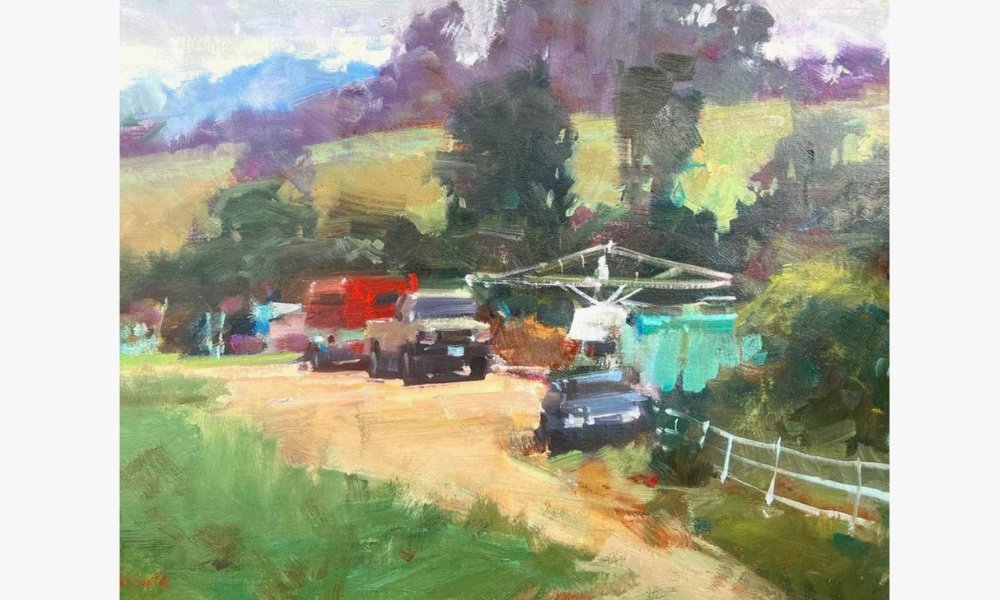Time Management & Organization
featuring words from Randy Sexton
As an artist, we wear so many hats. Some artists might have a shipping or advertising department. But, most commonly, artists are on their own in every department. It is an incredible amount of work to be a full-time artist (not to put fear in anyone's hearts, you can still do it!), and you have to stay on top of things. Sometimes, Randy would get into his studio at 9 in the morning and wouldn’t leave until 7 at night. Some days, he focused on shipping; other times, his website. There was always something to prioritize. Randy had to manage his time on a daily schedule and figure out when he could even squeeze in painting time! Being organized is extremely useful in creative occupations like painting. Randy used an app called “To-do” that helped with scheduling and organizing tasks he needed to complete. Then, he indicated what type of time frame he had for those specific tasks, and it gave him alerts to help him stay on track.
The more you are out there doing things, the more demands on your time, and the more challenging it becomes to balance different parts of your life. Randy aimed to accomplish and finish certain tasks he set for himself, like shipping paintings out to be framed. It could have been this, or teaching a workshop, where he knew he had to get everything together in time. You can’t paint 24/7; it just doesn’t work. Sometimes, you need time away to reboot your system. This helps the creative process. Doing other things, even if they are not-so-fun tasks, helps build up to that point where you are excited to get back to painting once you are done.
“ You can’t paint 24/7, it just doesn’t work. Sometimes you need time away to reboot your system.”
Some people are not morning people and prefer to work at night, so you have to find the rhythm that works for you. Being self-employed is nice in its ways, but you need to manage time. You have the luxury of scheduling your own life, but you do have to get the work done. Once you start putting things off, it begins to snowball. When Randy had more of a regular 9-5 job in his younger years, it wore him down. It wasn’t meant for him. He looked forward to the times when he could paint more and eventually turned it into his full-time job.
Want more tips like this from Randy?
Find more details on Randy’s self- study course, “From Seen to Scene” Click to find out more:
Check out Randy’s video download package, “Let Your Brush Sing! How to Push Paint to the Edge,” or his F R E E webinar to start off:
To learn more about the many hats we wear as artists, listen to Gabor and Randy on the Concept to Canvas podcast here.

